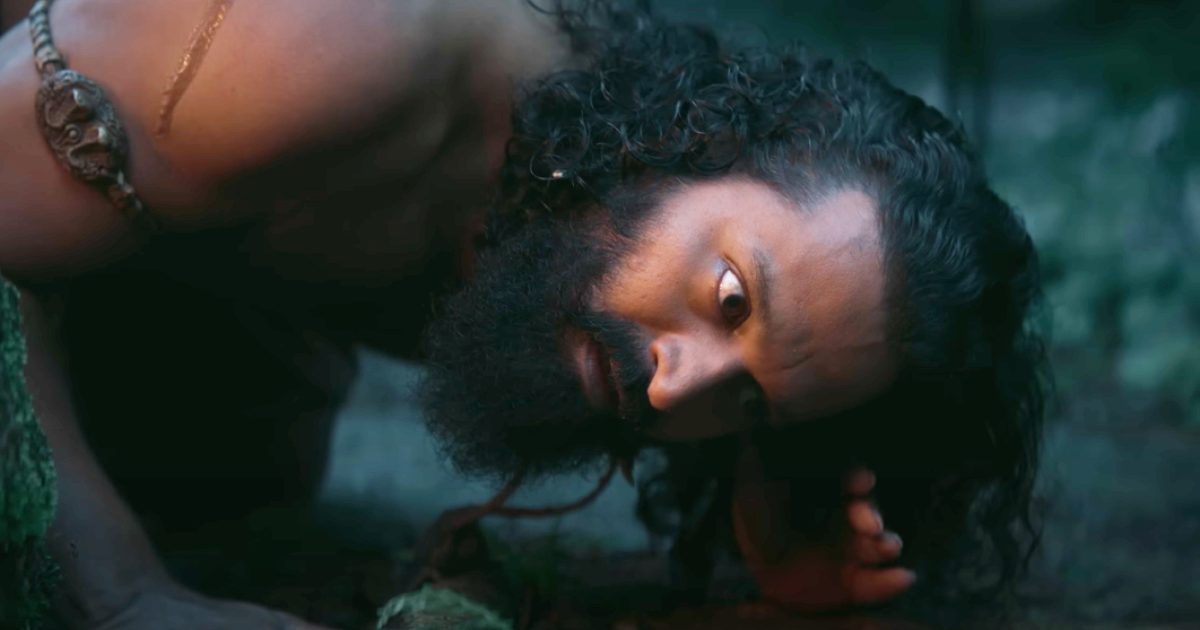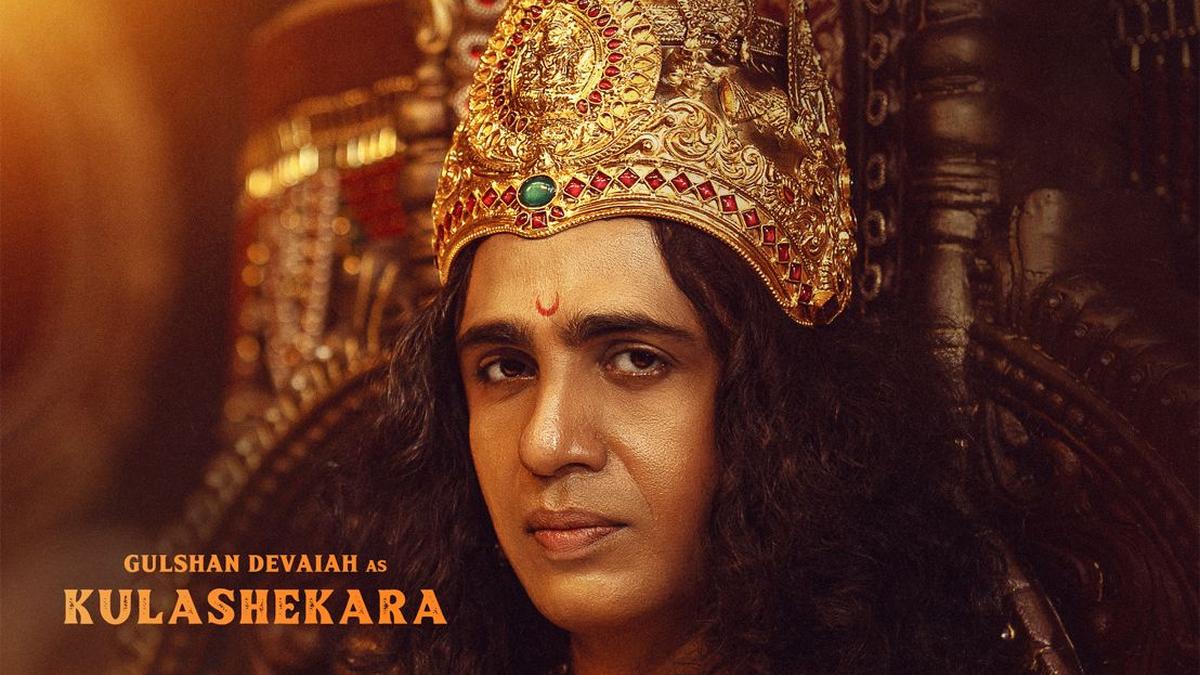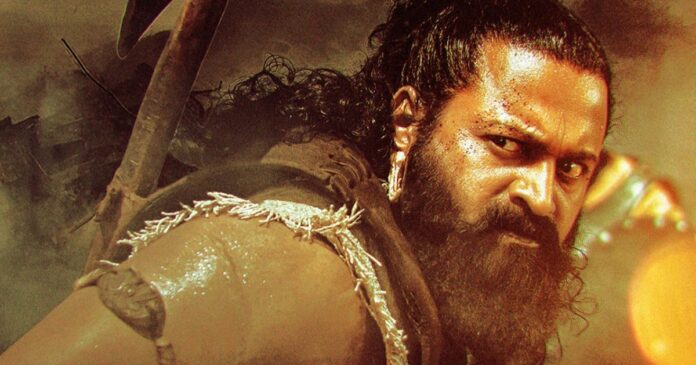At the time of the release of Kantara in 2022, the film was much more than just a film. It was a tale full of tales, startling climax and an exquisite blend of folklore and human drama which won the hearts of people not only in India but also elsewhere.
Of course, fans had expectations that were so high when Kantara Chapter 1 was announced. This was, after all, not a sequel; this was a prequel, an attempt of monumental effort to travel hundreds of years in time, to explore the beginnings of the mysterious universe, which the first movie had opened the door to.
The trailers and adverts were seen and the viewers got goose bumps. The buzz about a mythological epic, the vision of Rishab Shetty and his performance, had formed the buzz that no other Kannada movie has in the recent past. The big question, however, was whether Kantara Chapter 1 would or would not live up to the hype?
Spoiler alert—it does, though not without its imperfections.
The Story of Kantara Chapter 1
The film time-triggers us to the Kadamba dynasty era (3 rd -4 th century CE) when the events of Kantara are still far back in history. It starts in the year 1990 when a boy called Shiva innocently inquires about his father who has gone missing to villagers. Rather than a straight response, he is relayed a compelling tale of many centuries in the past- a tale that forms the foundation of the film.

The central figure in this story is the magical forest of Madhuvana, which harbours two tribes:
- The Kantara tribe were highly spiritual and in harmony with the nature.
- The Karpa tribe the practices of which border on black magic and dark rituals.
When a vicious king, Vijayendra invades Madhuvana, the tribes are thrown in a state of turmoil. This is where Berme (Rishab Shetty) comes in, a man in between fate and divinity as well as tribal politics. His possession by a deity called Kshetrapala Guliga changes the history.
The movie slowly gears towards an incredible climax, in which the forces of deity, human anger and cultural practices collide. Chamundi Devi coming in at the end of the intervention is beyond impressive, and audiences are left slack-jawed.
In keeping with the tradition of Rishab Shetty, the ending is a lovely mirror of the first Kantara, paving the way to the next chapters of the franchise.
Rishab Shetty and the Power of Performance
If Kantara made Rishab Shetty a household name, Kantara Chapter 1 cements his place as a true auteur of Indian cinema. His portrayal of Berme is both physical and spiritual. Be it the pure brutality of the fight scenes, or the powerfully seizing trance sequences, Rishab owns the screen.
Rukmini Vasanth does not play the biggest role, but she also gives the story a sense of silent dignity and emotional foundation. She is able to combine high drama with undertones which makes her character unforgettable.
Gulshan Devaiah acts as the evil Kulasekhara very threateningly. Yet the writing does not provide him with sufficient complexity and his arc becomes slightly undeveloped. Nevertheless, his acting makes the threat seem like a reality.
The world-building is given credibility by the supporting cast, Jayaram, Kishore and others. They all seem genuine to the scene and the time and culture, which adds to the immersion of the movie.
The Technical Side – A Feast for the Eyes and Ears
There is no doubt that Kantara Chapter 1 is doing something better than performances, but it is the technical craft.
-
Cinematography: The images of Arvind S. Kashyap are beautiful. Sweeping landscape shots of forests and ancient rites are replaced by close-ups of possession, and all pictures seem as if they were on a canvas. The verdant Madhuvana turns into a person.
-
Action: The fight scenes, be it the chariot battle or the one-on-one duels in the forest are choreographed accurately. They are not only entertaining but take you right into the world of the tribes, the primal world.
-
Music & Score: B. Ajaneesh Loknath once again proves why he’s one of the best composers in Indian cinema today. The background score gives the film its heartbeat. The chants, drums, and spiritual rhythms during possession scenes elevate the atmosphere to divine intensity.
-
VFX and Production Design: The VFX is not a masterpiece, but good enough to convince the mythological grandeur. The production design is also worth mentioning in particular–costumes, weapons, and sets seem so real, and the viewers are centuries younger.

What Works Best in Kantara Chapter 1
-
The Ambition – Few Indian films dare to explore myth and folklore with such scale. Kantara Chapter 1 not only attempts it but delivers with confidence.
-
The Climax – The last 15 minutes are a masterclass in cinema. Emotion, visuals, music, and narrative intensity come together in a way rarely seen before.
-
Rooted in Culture – The film doesn’t shy away from deep spiritual and cultural references. From Guliga and Panjurli to Chamundi Devi, the folklore foundation feels authentic.
-
Immersive World-Building – The universe feels alive. You can almost smell the forest air, feel the tribal chants, and sense the looming presence of divinity.
Where It Falters
Of course, Kantara Chapter 1 isn’t without flaws.
-
The go first half is somewhat extended. The narration heavy on expositions slows the film and not all audiences remain seated.
- Some of the character lines (in particular those of the antagonist) could be expanded. Sometimes the villain is one-dimensional.
- Certain conversations have a tendency to be melodramatic. Although it fits well into the mythological context, it is at times immersion breaking.
- The tendency to spectacle also leads to emotional undertones being lost at times. As much as the visuals are more than spectacular, more heart would have been explored with relationship.
The Climax That Defines a Decade
You may have heard something about Chapter 1 of Kantara, but it is most likely to have been about the climax. And trust me the hype is actual. And these 15 minutes are an irreverence, a torment and a show.
It is the type of a conclusion that leaves you sitting in silence even after the credits have gone on. It is already being hailed by many critics as a standard of the decade, and it can be difficult to argue otherwise.
This isn’t just about visuals—it’s about how cinema can channel spiritual energy and cultural memory into something universal.
Final Verdict
So, is Kantara Chapter 1 worth the wait? Absolutely. It is not flawless–it stumbles with timing and certain rough characterization–but its intentions, acts and dramatic payoff make it a film spectacle.
Rishab Shetty once again shows that Indian cinema does not have to be like Hollywood fantasy epics. Our own folklore, myths, spiritual tales are waiting to be told–and told with fervor, it has a much deeper level of impact.
Rating: ⭐⭐⭐⭐ (4/5)
This film is a must watch to all who were in love with Kantara. To the outsider it is a welcome to a world of myths and magic which holds out to increase in size with every volume.
Also read:
